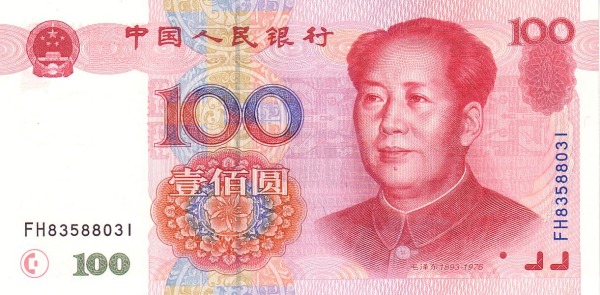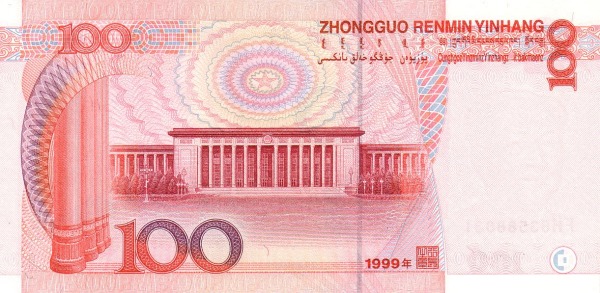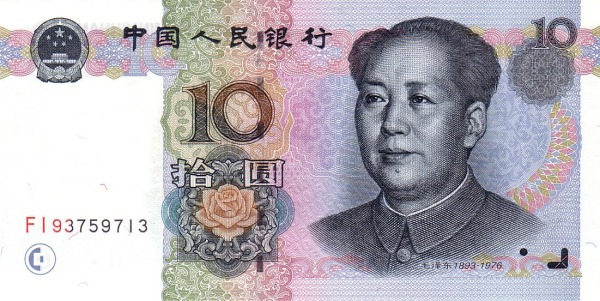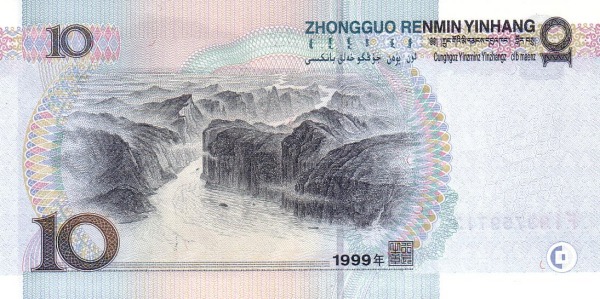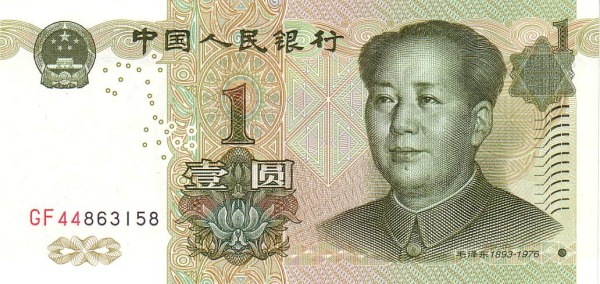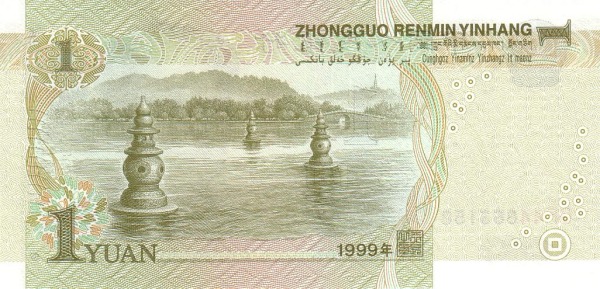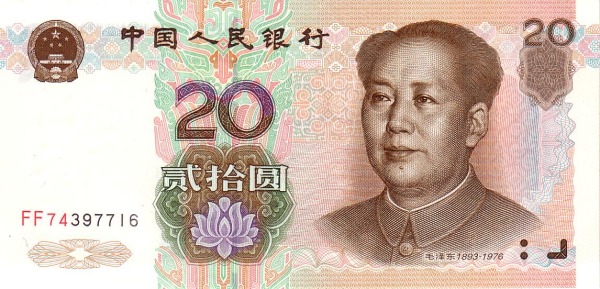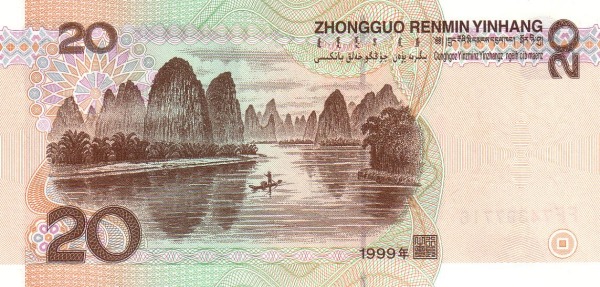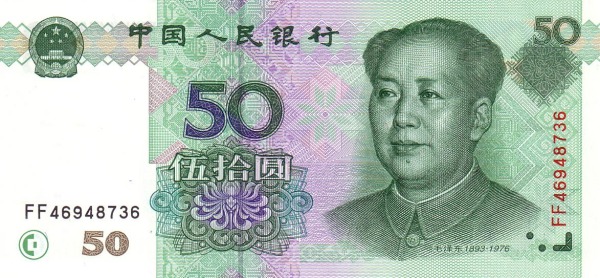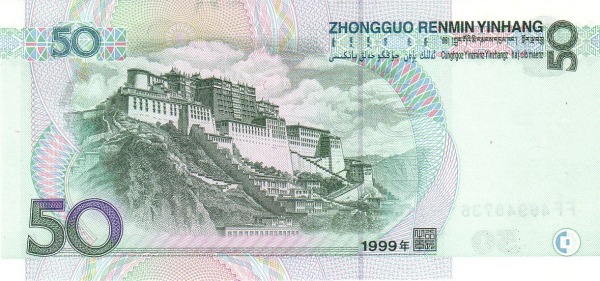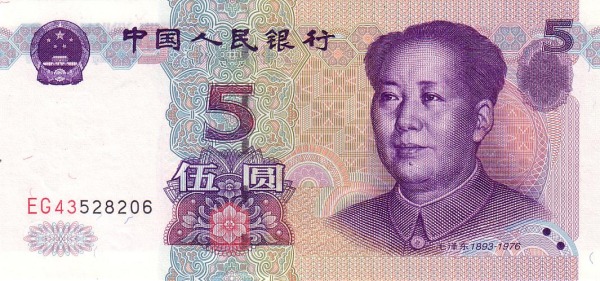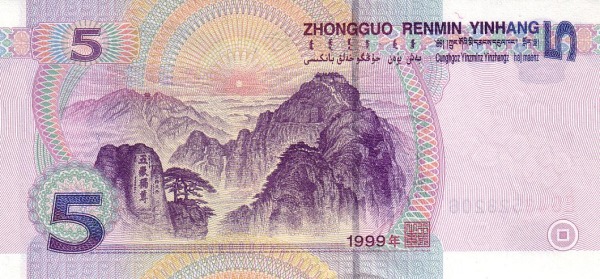Discovering the Wonders of China
China, known as 中国 in Mandarin, stands out as a remarkable destination. This vast nation, the most populated on Earth, also captivates with its rich and intricate history. While controversial in some respects, China offers an exploration of ancient traditions alongside modern advancements. Geographically, the People’s Republic of China (PRC) occupies a prominent position in East Asia. It shares borders with the East China Sea, Korea Bay, Yellow Sea, and South China Sea. Notably, it connects with 14 neighboring countries: Afghanistan, Bhutan, India, Kazakhstan, North Korea, Kyrgyzstan, Laos, Mongolia, Myanmar (Burma), Nepal, Pakistan, Russia, Tajikistan, and Vietnam. Additionally, China secures maritime connections with Brunei, Indonesia, Japan, South Korea, Malaysia, the Philippines, and Taiwan.
The Expansiveness of China: A Geographic Overview
Covering an impressive area of 9,598,094 km², China stands as the second largest nation in Asia and ranks fourth globally. To put this into perspective, its landmass is slightly less than that of the USA. Such a substantial area comprises diverse landscapes, including plains, deltas, hills, mountains, high plateaus, and deserts, presenting a variety of environments for inhabitants and travelers alike.
Diverse Populations: A Cultural Melting Pot
China's population reached approximately 1.367 billion in 2015. Among these individuals, an overwhelming 91.5% identified as Han Chinese. Meanwhile, the remaining 8.5%, which equates to around 114 million people, consists of ethnic minorities. Significant minority groups include Zhuang, Manchu, Uyghur, Hui, Miao, Yi, Tujia, Mongols, and Tibetans, each contributing unique cultural elements to the nation's vibrant tapestry.
Beijing and Shanghai: Urban Giants of China
Beijing serves as China’s capital, while Shanghai stands out as its largest city. These urban centers showcase China’s blend of tradition and modernity. You can explore historic sites in Beijing, such as the Forbidden City and the Great Wall. In contrast, Shanghai dazzles visitors with its futuristic skyline and bustling waterfront. Mandarin serves as the official language, but various dialects thrive across the regions; these include Wu (Shanghainese), Yue (Cantonese), Min, Xiang, Gan, Hakka, and even Portuguese creole. This multiplicity of languages reflects the rich diversity found throughout China.
Understanding China’s Governance and History
The governance of China falls under a Communist party-led state, deeply rooted in its past. The PRC proclaimed its sovereignty on October 1, 1949. However, this unification has its origins back in 221 BC with the Qin (Ch'in) Dynasty. Despite a lengthy history, significant changes occurred in 1912 when a republic emerged, replacing the Qing (Ch'ing or Manchu) Dynasty. This dynamic political landscape has molded contemporary Chinese society.
Analyzing China’s Geography and Climate
A Diverse Terrain
China’s geographical location is pivotal, lying in Eastern Asia and bordered by the seas and neighboring countries. With a total area of 9.6 million km², China emerges as one of the world’s most extensive nations. Often regarded as almost equal in size to all of Europe combined, the nation's terrain varies significantly. The eastern portion showcases fertile plains and deltas, while the west features rugged mountains and high plateaus.
Climate Variations Across Regions
The climate in China ranges from tropical in the southern regions to subarctic conditions in the northern areas. This diversity creates distinct agricultural opportunities and supports a wide range of ecosystems. With formidable natural resources at its disposal, China thrives in various sectors, including energy, agriculture, and manufacturing.
The People of China: National Identity and Diversity
Chinese people, as both singular and plural, embody a sense of national unity. The literacy rate stands at 81%, ensuring that a significant portion of the population can engage in educational and professional pursuits. Although officially recognized as atheists, many Chinese individuals adhere to religious practices, including Taoism, Buddhism, Islam, and Christianity. This blend of spiritual beliefs contributes to the culture's richness.
A Glimpse into China’s Economy
China boasts vast natural wealth, featuring resources such as coal, iron ore, crude oil, and numerous other minerals. Additionally, the nation leads globally in terms of hydropower potential, making significant strides towards sustainable energy solutions. Agricultural products range from staple grains like rice and wheat to tea and pork, catering to both domestic and international markets.
Industries Fueling Growth
The industrial landscape in China encompasses various sectors like iron and steel production, textiles, petroleum, and electronics. This diversity allows for robust economic exchanges both domestically and internationally. In 2015, the United States held the most substantial export share at 18%, followed closely by Hong Kong and Japan.
Conclusion: The Remarkable Journey of China
In conclusion, China reflects a harmonious blend of rich history, diverse cultures, and impressive geographical expanse. With its modern cities and ancient landmarks, it continues to be a significant player on the global stage. Travelers and scholars alike can find endless opportunities for exploration and learning within this remarkable nation.
Largest cities of: China
| City Name | Population | Year of foundation | |
| Beijing | 21,542,000 | 1045 B | |
| Shanghai | 24,183,300 | 1291 | |
| Chongqing | 15,672,000 | n/a | |
| Tianjin | 15,560,000 | 1404 | |
| Guangzhou | 14,904,000 | 214 B | |
| Shenzhen | 12,530,000 | 1980 | |
| Nanjing | 8,490,100 | 330 B | |
| Dongguan | 8,300,000 | 1985 |
China: Money
